McDonald Observatory
-
McDonald Observatory
-
McDonald Observatory, a research unit of The University of Texas at Austin, is one of the world's leading centers for astronomical research, teaching, and public education and outreach. The mission of McDonald Observatory is to advance humanity's understanding of the universe through research in astronomy, to facilitate graduate and undergraduate education in astronomy at The University of Texas at Austin, to contribute to the public understanding of science in Texas and the nation, and to use astronomy as a tool to help Texas teachers meet state standards and excite Texas schoolchildren about careers in a scientific and technical field.
Observatory facilities are located atop Mount Locke and Mount Fowlkes in the Davis Mountains of West Texas, which offer some of the darkest night skies in the continental United States. The Observatory's administrative offices are on the UT-Austin campus. The Observatory works with the University's Department of Astronomy on both research and teaching.
McDonald's principal research telescopes are:
-
The Hobby-Eberly Telescope: With its 9.2-meter (362-inch) mirror, the HET is one of the world's largest optical telescopes. It's optimized for spectroscopy, the decoding of light from stars and galaxies to study their properties. This makes it ideal for searching for planets around other stars, and studying distant galaxies, exploding stars, black holes, and more. The HET, dedicated in 1997, is a joint project of The University of Texas at Austin, The Pennsylvania State University, Stanford University, Ludwig-Maximilians-Universität München, and Georg-August-Universität Göttingen.
-
The Harlan J. Smith Telescope: Constructed 1966-68, the Smith Telescope has a 2.7-meter (107-inch) mirror, which was the third largest in the world when built. The telecope is used every clear night of the year.
-
The Otto Struve Telescope: Constructed 1933-39, the Struve Telescope was the first major telescope to be built at McDonald Observatory. Its 2.1-meter (82-inch) mirror was the second largest in the world at the time. The telescope is still in use today.
-
Other Telescopes: McDonald also operates a 0.8-meter (30-inch) telescope, and the 0.8-meter (30-inch) Laser Ranging Telescope that measures the distance between Earth and the Moon and tracks the drift of Earth's continents.
- Future Telescope: The UT System Board of Regents approved a plan for The University of Texas at Austin to direct $50M (plus an additional $50M raised from donors) towards construction of the Giant Magellan Telescope.
Public Education and Outreach
McDonald Observatory operates a multi-faceted international public outreach program. At the Observatory Visitors Center, outreach events include star parties, public tours, K-12 teacher and student actvities, and more. McDonald also produces the StarDate radio program, StarDate magazine, the StarDate Online website, and special programs for hundreds of elementary and secondary teachers across the United States.
HETDEX
In the coming years and decades, astronomers will study exploding stars, map millions of galaxies, and plot the gravitational influence of dense galaxy clusters. Particle physicists will probe conditions near the time of the Big Bang. And all of them will tweak their models of how the universe began, how it has aged, and how it will end.
HETDEX will be the first major experiment to search for dark energy. It will use the giant Hobby-Eberly Telescope at McDonald Observatory and a set of spectrographs to map the three-dimensional positions of one million galaxies. HETDEX will search a large area of the sky that encompasses most of the Big Dipper. This region is far above the plane of the Milky Way galaxy, which is filled with clouds of gas and dust that block the view of distant galaxies.
Current plans call for full data-gathering operations to begin in 2014, with the survey completed three years later — long before any other dark energy experiment has completed its work. HETDEX will thus provide the first major test of dark energy, and the first volleys in an exciting scientific revolution.
-
-
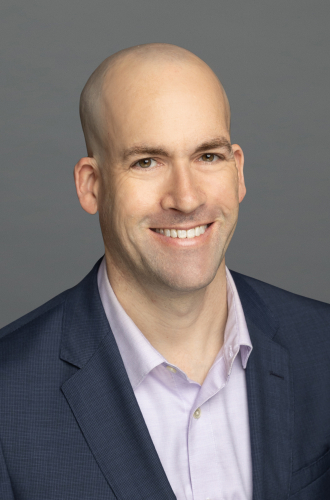
 Mike Boylan-Kolchin
Mike Boylan-Kolchin
ProfessorSamuel T. and Fern Yanagisawa Regents Professorship in Astronomy (Holder)Cosmology and galaxy formation; dark matter physics; near-field cosmology; high-redshift galaxies; globular clusters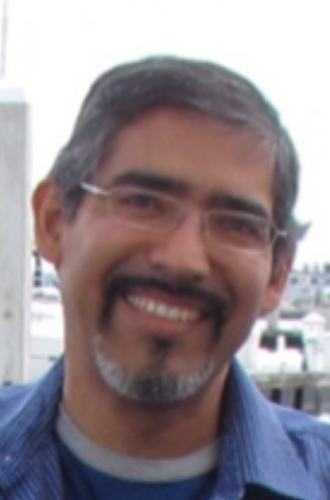
 Enrique Cantu Jr
Enrique Cantu Jr
Finance ManagerEnrique (Henry) Cantu, Jr. with McDonald Observatory and Astronomy Department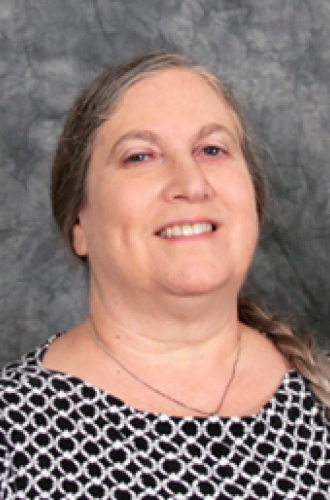
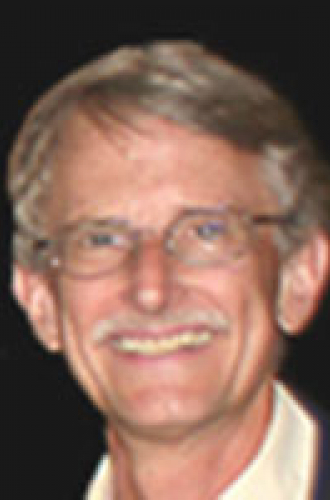

 Keely D Finkelstein
Keely D Finkelstein
Associate Professor of InstructionEducation & Curriculum Design efforts in TIDES and Astronomy, research in galaxy evolution & star formation studies.
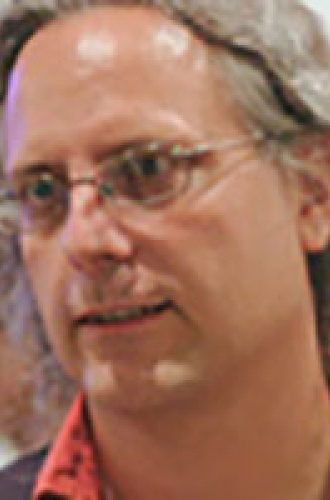 Karl Gebhardt
Karl Gebhardt
Department Chair, Astronomy, ProfessorHerman and Joan Suit Professorship in Astrophysics (Holder) | Roland K. Blumberg Endowment in Astronomy (Fellow)Formation and evolution of galaxies; dynamics of stellar systems; study of supermassive black holes.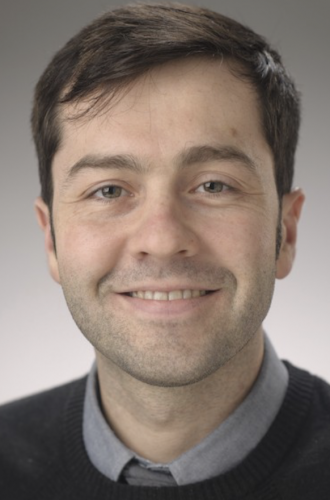
 Michael A Gully-SantiagoExoplanet atmospheres, interpretable machine learning, high-resolution spectroscopy
Michael A Gully-SantiagoExoplanet atmospheres, interpretable machine learning, high-resolution spectroscopy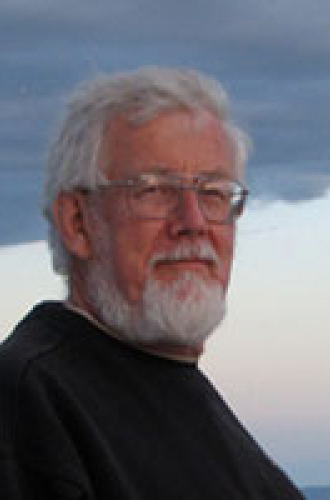 David L Lambert
David L Lambert
Professor EmeritusIsabel McCutcheon Harte Centennial Chair in Astronomy (Emeritus)Stellar atmospheres; chemical composition of stars; chemical evolution of the universe.
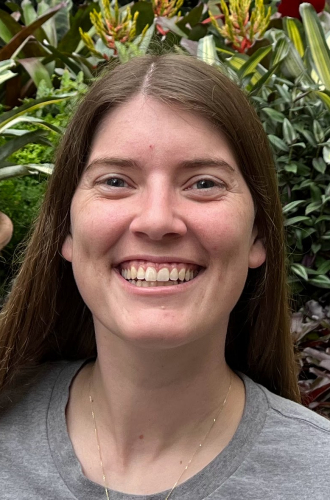

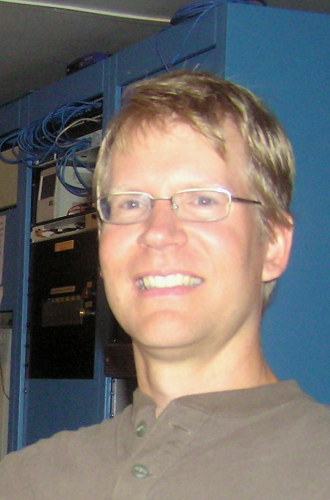
 Mike Montgomery
Mike Montgomery
Assistant Professor of Practice, Research ScientistLaboratory astrophysics; Asteroseismology of white dwarfs and other stars; stellar convection, crystallization, and evolution
 Julian B Munoz
Julian B Munoz
Assistant ProfessorTheoretical cosmology; dark matter and the first galaxies; cosmic dawn and reionization; 21-cm, CMB, structure formation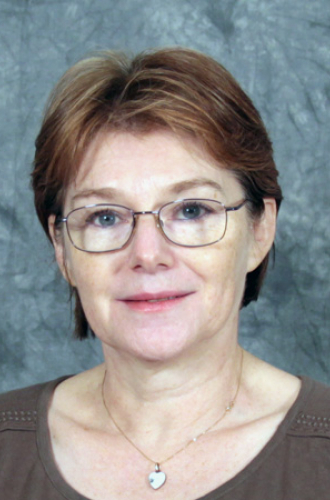


 Melanie Rowland
Melanie Rowland
Graduate Research Assistantbrown dwarfs and exoplanets; substellar atmospheres; atmospheric retrievals; forward modeling; clouds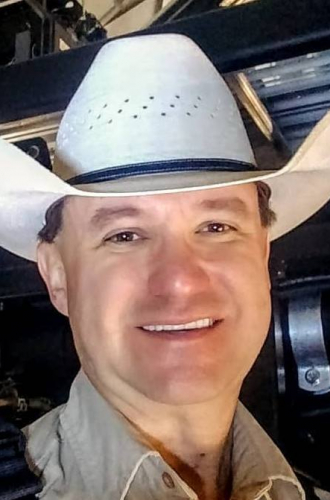

 Mabel Stephenson
Mabel Stephenson
Graduate Research AssistantNebular spectroscopy, ISM properties, physical and chemical evolution of galaxies Benjamin M Tofflemire
Benjamin M Tofflemire
Research AssociateResearch Interests: Star formation, young stars, binary star systems, stellar accretion, stellar magnetism.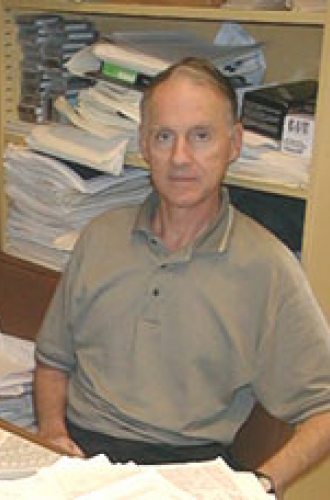 Laurence M Trafton
Laurence M Trafton
Senior Research ScientistObservational astronomy through ground- and space-based remote sensing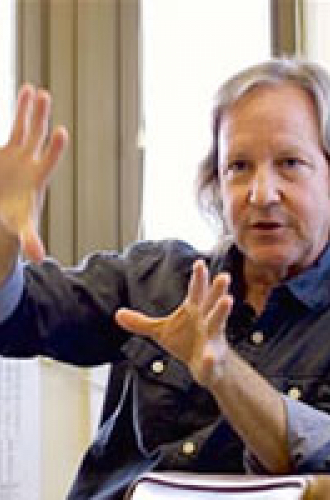 Don Winget
Don Winget
ProfessorHarlan J. Smith Centennial Professorship in Astronomy (Holder) | Distinguished Teaching ProfessorWhite Dwarfs, Asteroseismology, Whole Earth Telescope, Stellar Pulsation512-471-3404Email »Full Profile »














